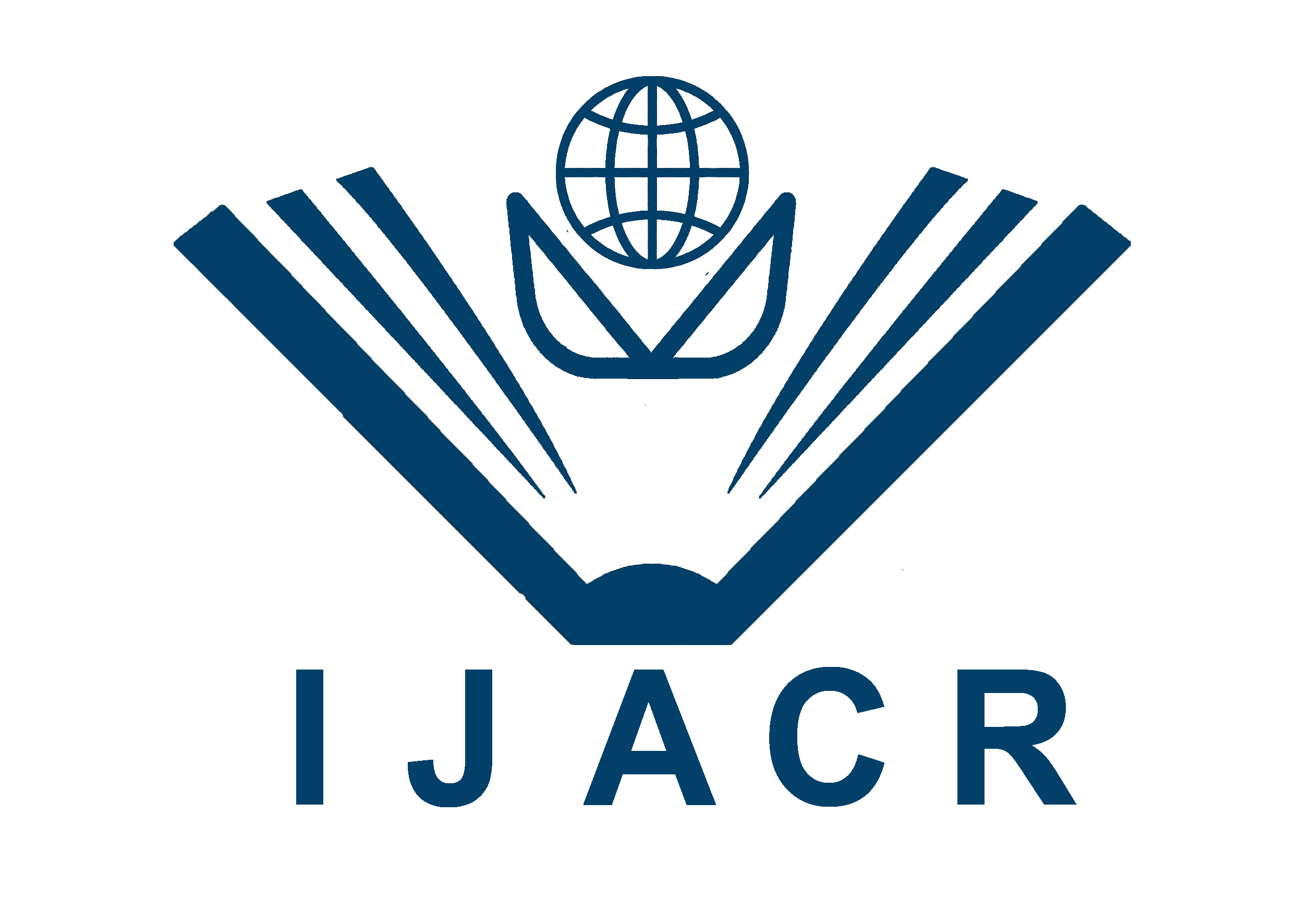International Journal for Asian Contemporary Research, 4(2): 47-52
Selecting Parents for Hybridization with Multivariate Analysis Approach to Improve Country Bean (Dolichos lablab L.) Yield
Received: 27 June, 2024 || Accepted: 30 July, 2024 || Published: 05 Septembert, 2024
A B S T R A C T
Twenty-six genotypes of Country bean (Dolichos lablab L.) were evaluated using D2 and principal component analysis (PCA). The genotypes were collected from Plant Genetic Resources Centre (PGRC) of Bangladesh Agricultural Research Institute (BARI), Gazipur. The study was undertaken at Sher-e-Bangla Agricultural University Farm, Dhaka to select suitable donor parents for improved breeding of Country bean. Principal component analysis (PCA) revealed that the first two axes accounted for 66.72% of the total variation among the fourteen characters studied. The highest intra-cluster distance was found in cluster IV and the lowest in cluster I. Among five clusters, the highest inter-cluster distance was observed between cluster I and cluster II and the lowest between cluster III and cluster IV. Considering all the characters the G7 (BD-8832), G6 (BD-7985), G13 (BD-8034) and G26 (BD-8816) were selected for future breeding programme. Keyword: Country bean, principal component analysis, Principal coordinates analysis and genotypes.
Copyright information: Copyright © 2024 Author(s) retain the copyright of this article. This work is licensed under a Creative Commons Attribution 4.0 International License
To cite this article: Begum, F., Ali, M.O., Mahmud, F. and Hossain, M.S. (2024). Selecting Parents for Hybridization with Multivariate Analysis Approach to Improve Country Bean (Dolichos lablab L.) Yield. International Journal
References
- Afroz, S., Noman, M. S., Hossain, M. S., Mamun, A. A., Howlader, N. and Ara, S. (2013). Multivariate Analysis Approach to Select Parents for Hybridization Aiming at Yield Improvement in Cucumber (Cucumissativus L.). Journal of Environmental Science & Natural Resources, 6(1): 33 – 36.
- Ahmed, K. U. (1976). Gardener's book of production and nutrition. vol. 1. pp. 133- 134
- Anonymous, (1991). Basat Bari Sabzi Utpadan (in Bengali). Bangladesh Agricultural Research Institute, Gazipur, Bangladesh. pp.239
- BBS. (2023). Year Book of Agricultural Statistics of Bangladesh. Bangladesh Bureau of Statistics, Ministry of Planning, Government of the People's Republic of Bangladesh, Dhaka, Bangladesh, p. 43.
- Falconer, D. S. (1960). Introduction of quantitative genetics. Oliver and Boud. London. p. 304.
- Ghaderi, A., Adams, M. W. and Nassib, A. M. (1984). Relationship between genetic distance and heterosis for yield and morphological traits in dry edible bean and feba bean. Crop Sci. 24: 37-42.
- Gopalan, C. V., B. Y. Ramasastri and S. C. Balasubramarium. (1982). Nutritive values of Indian food. National Institute of Nutrition, ICMR, Hydra bad. Pp. 75.
- Jatasara, D. S. and Paroda, R. S. (1978). Genetic divergence in Wheat under different environmental conditions. Cereal Res. Comm., 6: 307-317.
- Islam MS, Satter MA, Rahman MM, Quyum MA, Alam SMN, Alam MS, Mustafi RA. (2004). Handbook of Agro-technology (3rd ed.). Bangladesh Agricultural Research Institute, Gazipur, Bangladesh.
- Main, M. A. K. and Bahl, P. N. (1989). Genetic divergence and hybrid performance in chickpea. Indian J. Genet. 49: 119-124.
- Moll, R. H., Salhawana, W. S. and Robinson, H. F. (1962). Heterosis and genetic diversity in soybean. J. Oilseed Res. 4(1): 103-107.
- Mozumder, M. A., M. A. Rouf, M. s. Mullah and M. A. Rashid. (1996). collection and evaluation of bush bean germplasms. Research report on vegetable crops, HRC.RARS, Hathazai. pp. 35-39.
- Ramanujam, S., Tiwary, A. S. and Mehra, R. B. (1974). Genetic divergence and hybrid performance in mung bean. Theor. Appl. Genet. 44(5): 211- 214.
Article View: 2736 times



